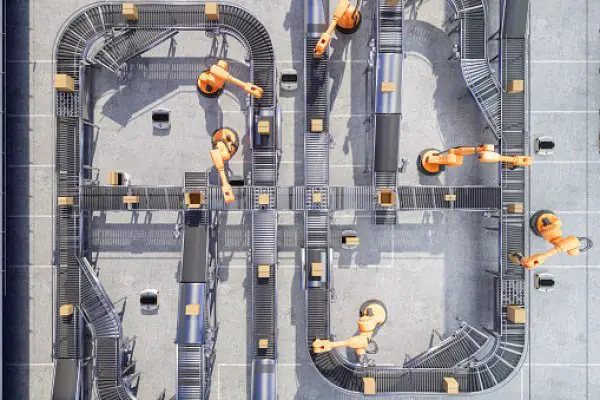Yandong Ji is a research assistant at the Improbable AI Lab. He is dedicated to his role, working hard to conduct and analyze experiments and perform research tasks for successful outcomes.
Yandong Ji says:
“The robot is trying to run and manipulate the ball simultaneously,”
“That’s where more difficult dynamics enter the control problem.”
The robot’s initial knowledge of dribbling the ball is a blank slate; however, with positive reinforcement for well-executed performances and digital discouragement for errors, it can easily be conditioned into an expert player.
The program underwent extensive preparation before being let loose into the real world – boasting several hundred days’ worth of digital simulation wherein it learned to calculate the forces to be applied effectively.
It can observe its atmosphere and, with the help of its motor sensors, adjust the brakes or alter direction if needed. Its sensors can sense various conditions like snowy ground.
The robot has extra cameras for enhanced vision to view the ball better. These cameras are installed on its head as well as its body.
At MIT’s Improbable AI Lab, Gabe Margolis, a doctoral student, was the co-leader of a project. He and his team created an artificial intelligence algorithm to predict factory anomalies and malfunctions.
Gabe Margolis says:
“Our robot can go in the wild because it carries all its sensors, cameras, and computer on board,”
The Most Dangerous Disaster Zones
Engineers, who hope that similar-legged robots will be used in hazardous environments and for carrying items, expect that while the technology may not make it onto the sports field, it could be put to countless other uses.
=Professor Pulkit Agrawal says:
“If you look around today, most robots are wheeled, but imagine that there’s a disaster scenario, flooding, or an earthquake, and we want robots to aid humans in the search and rescue process,”
“We need the machines to go over terrains that aren’t flat, and wheeled robots can’t traverse those landscapes. The whole point of studying legged robots is to go terrains outside the reach of the current robotic system.
“Our goal in developing algorithms for legged robots is to provide autonomy in challenging and complex terrains that are currently beyond the reach of robotic systems.”
Robots in football have been a reality since 1997 when the RoboCup was first established. Although these robots can play on flat surfaces, they typically require remote operation and cannot operate autonomously.
The 2023 IEEE International Conference on Robotics and Automation in London will act as the medium for presenting the DribbleBot’s upcoming capabilities: traversing inclines and stairs with its ball. In ambitious hopes of training their robot to do so, the team is pushing its limits regarding robotic engineering.
While the primary purpose of the robot may be to play football, it has the potential to be used for far more useful applications. The robot’s ability to navigate its environment and make decisions based on observations can be applied to many industries, from manufacturing to healthcare. The development of this technology will undoubtedly lead to new and innovative ways of using AI robots to improve our lives. As AI continues to advance, we can expect to see even more remarkable breakthroughs in the future.
Source: The Telegraph



